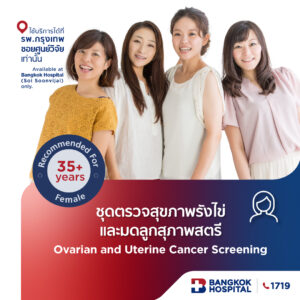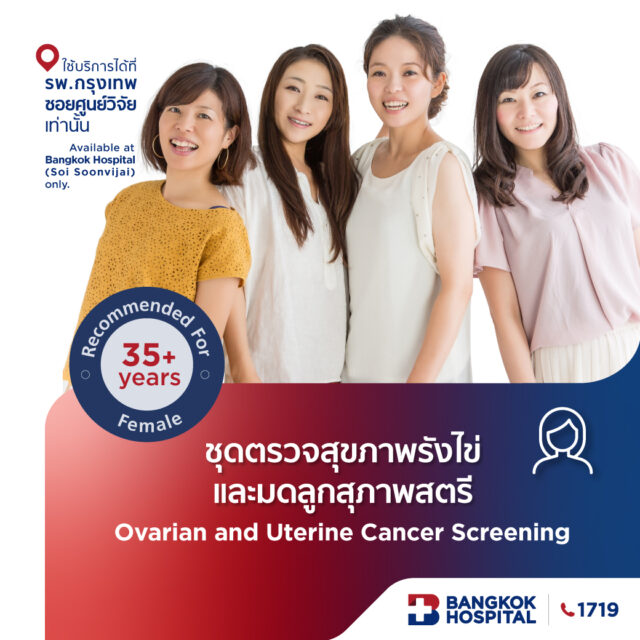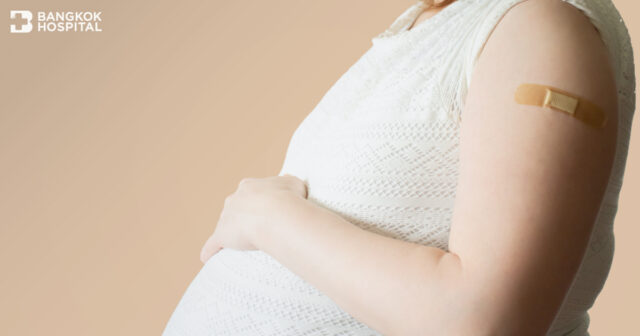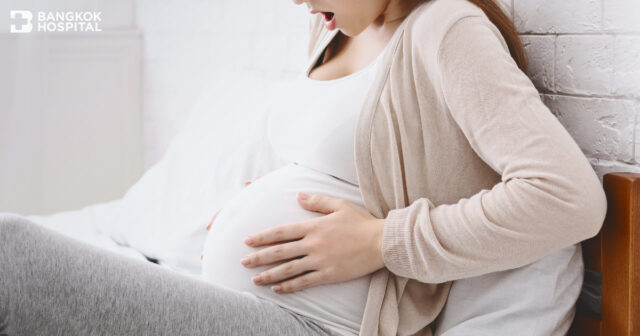A dermoid cyst is a sac-like growth that is present at birth. It contains structures such as hair, fluid, teeth, or skin glands. Dermoid cysts are caused when skin and skin structures become trapped during fetal development. They grow slowly and are not tender unless ruptured.
Early detection is important
Often times, dermoid cysts do not cause any symptoms unless there is a complication such as torsion, rupture, or infection. Therefore, annual pelvic examination and ultrasound are important in order to detect the condition early. If there is a complication, patient might lose one of their ovaries.
Complications
Torsion
This is the most common complication of dermoid cyst. Classically, patients are presented with a sudden onset of severe unilateral lower abdominal pain, nausea, vomiting, and low grade fever. Delayed diagnosis and treatment results in infarction of the ovary and the patient may lose the ovary on that side.
Rupture or Leakage
Patients presented with acute abdominal pain and internal hemorrhage and can result in hypovolemic shock.
Infection
Infection is a rare complication. The symptoms include high fever and severe lower abdominal pain.
Cancer
Only 1% of dermoid cysts are cancerous. This can be found in young woman. The diagnosis is made by surgery and pathological results.
Treatment
Treatment of dermoid cyst is surgery. It cannot be treated with medication or hormone therapy like chocolate cyst.
- Ovarian Cystectomy
This procedure can be done when there is no complication such as infection or torsion. If the cyst is small, it is much easier to be removed and preserve the fertility.
- Unilateral Oophorectomy
This procedure is the treatment for dermoid cysts with complication such as infection, suspecting malignancy, or infarction. The surgeon will have to remove one of the ovaries.
Advanced minimally invasive surgery for treatment for dermoid cyst
With technological advancement, there is a new treatment option for dermoid cyst. This new treatment is called advanced minimally invasive surgery. The surgical wound will only be 5-10 mm. each. The advantage of this surgical method is less blood loss, less complications, and fewer infections. Patients usually recover in 1-2 days and can perform normal activities in a week.










